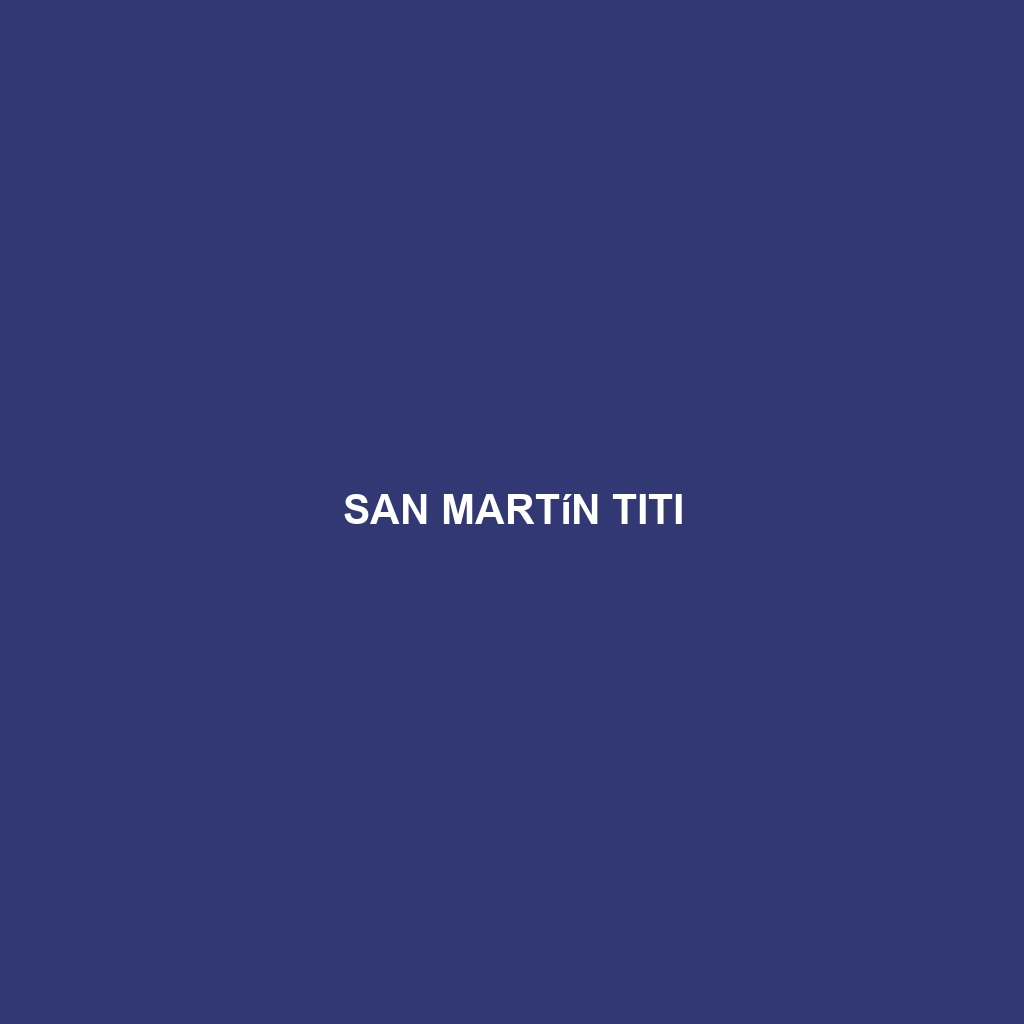Discover the enigmatic Pale Titi, a social primate native to the lush rainforests of northeastern Peru and western Brazil. With their striking creamy fur, expressive faces, and vital role as seed dispersers, these medium-sized creatures exemplify the intricate balance of tropical ecosystems. Learn about their habitat, behavior, and conservation challenges in our latest blog post.
Tag: habitat conservation
San Martín Titi
Explore the fascinating world of the San Martín Titi, a vibrant monkey native to the humid montane forests of Peru and Ecuador. From its unique physical characteristics and playful social structure to its crucial role as a seed disperser in the ecosystem, discover why this endangered species is vital for maintaining biodiversity and what efforts are being made to protect its habitat.
Brown Titi
Discover the fascinating world of the Brown Titi, a medium-sized primate endemic to the Amazon Basin, known for its rich brown fur and playful social behavior. This vulnerable species plays a vital role in its ecosystem through seed dispersal, while strong family bonds and a complex vocalization system make it a unique subject of study. Explore their habitat, diet, reproductive habits, and the importance of conservation efforts to protect these remarkable creatures.
Marca’s Marmoset
Discover the fascinating world of Marca's Marmoset, a small primate native to Brazil's Atlantic Forest, known for its distinctive tufted ears, social behavior, and impressive agility. This endangered species plays a vital role in its ecosystem through seed dispersal and faces challenges from habitat loss. Join us as we explore their unique characteristics, diet, and conservation efforts to protect these remarkable creatures.
Munduruku Marmoset
Discover the enchanting Munduruku Marmoset, a small-bodied primate native to the lush rainforests of Brazil's Amazon Basin. Known for their sociable behavior, striking physical features, and vital role in seed dispersal, these vulnerable creatures face habitat loss due to deforestation. Learn more about their unique adaptations, family dynamics, and importance in the ecosystem in our latest blog post.




